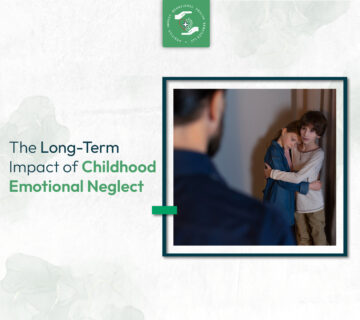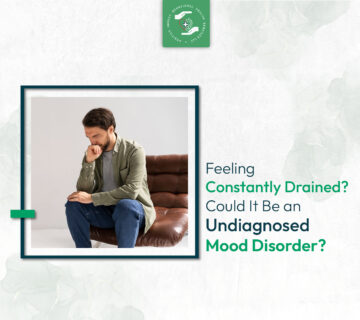In the realm of healthcare, the bond between patients and healthcare professionals is crucial. At the heart of this meaningful relationship lies therapeutic communication. This type of communication is more than just words—it’s a tool that can transform patient relationships and foster a supportive healing environment.
What is Therapeutic Communication?
Therapeutic communication is a technique employed by healthcare professionals to build a rapport with patients. It involves verbal and non-verbal interactions that support patient well-being.
At the heart of therapeutic communication is the exchange of information through verbal and non-verbal cues. This approach is pivotal in allowing patients to express their thoughts and concerns freely, fostering an environment of mutual respect and understanding between nurses and patients.
Employing techniques like active listening, maintaining an open posture, and offering empathetic responses, therapeutic communication empowers patients to articulate their fears and emotions. It paves the way for a patient-centered approach that is integral to quality healthcare.
Why is it Important in Patient Care?
Effective therapeutic communication helps alleviate patient anxiety, improves clarity of information, and fosters a positive patient experience, leading to better health outcomes.
One of the primary benefits of therapeutic communication is its role in enhancing the healing process. By addressing both the physical and emotional needs of patients, healthcare providers can significantly improve overall patient outcomes. This emphasis on comprehensive care not only alleviates distress but also strengthens patient trust, making them more likely to engage with treatment plans.
Therapeutic communication is essential in reducing misunderstandings. Clear and empathetic dialogue between healthcare providers and patients ensures that treatment plans are well-understood and accurately followed, minimizing the risk of errors and enhancing patient safety.
Key Components of Therapeutic Communication
Central elements include active listening, empathy, non-verbal cues, and providing feedback, all working together to ensure patients feel heard and valued.
Active listening is a cornerstone of therapeutic communication – it involves truly hearing what the patient is expressing both verbally and through body language. This skill strengthens the patient-provider relationship by showing genuine interest in the patient’s needs and concerns.
Empathy plays a pivotal role in therapeutic communication, allowing healthcare professionals to connect with patients on a personal level. By understanding and acknowledging a patient’s feelings, providers can offer more person-centered care that resonates with the individual’s unique experiences.
Non-verbal cues, such as maintaining eye contact, using appropriate facial expressions, and ensuring an open stance, can often communicate more than words alone. These subtle gestures convey attention and respect, enriching the interaction between patients and healthcare staff.
Strategies to Enhance Therapeutic Communication
Healthcare professionals can practice active listening, maintain eye contact, respond empathetically, and provide clear information to effectively communicate with patients.
Incorporating techniques like paraphrasing and summarizing during patient interactions can clarify understanding and ensure that both parties are aligned on the communication. These strategies reinforce the message that patient voices are important in guiding the care process.
Utilizing open-ended questions can encourage patients to share more about their condition or concerns. This technique helps create a dialogue that is more informative and less prescriptive, allowing the patient to steer conversations naturally toward their primary needs.
Examples of Therapeutic Communication in Practice
Instances where therapeutic communication has improved patient care include discussing sensitive topics openly and addressing patient concerns with empathy.
Consider a case where a nurse needs to explain a complex treatment plan. By using simple language and addressing each part with empathy and clarity, the nurse can ensure the patient understands the procedure, leading to better compliance and reduced anxiety.
Another example is during patient discharge. By summarizing the key points of care and answering any lingering questions, healthcare providers can leave patients feeling confident and equipped to manage their aftercare effectively.
The Importance of Therapeutic Communication in Healthcare
Embracing therapeutic communication is an indispensable approach in enhancing patient relationships. By actively listening, showing genuine empathy, and building trust, healthcare professionals can create a nurturing atmosphere conducive to healing. As we continue to evolve in our practices, the emphasis on effective communication remains paramount for the benefit of patients and professionals alike.






No comment